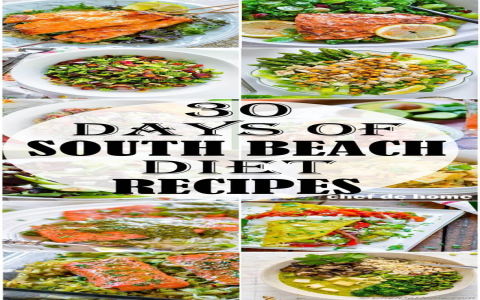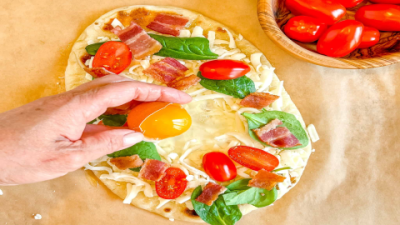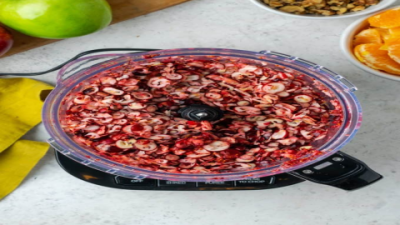If you've been thinking about trying a low-carb vegetarian diet but feel a bit overwhelmed about where to start, you’re definitely not alone. Combining a low-carb approach with vegetarianism might sound tricky at first—after all, a lot of vegetarian staples are carb-heavy—but with some know-how and thoughtful planning, it’s totally doable. This article is here to guide you through a solid, simple 7-day meal plan that’s not only low-carb and meat-free but also delicious and satisfying. Plus, you get a handy PDF you can download and refer to anytime.
Now, what exactly makes a diet low-carb and vegetarian? Well, the idea is to cut down on carbs—mostly sugars and starches—while sticking to plant-based foods and some vegetarian protein sources like eggs, dairy, tofu, and nuts. It’s a way to enjoy veggies, healthy fats, and enough protein without piling up those breads, pastas, or potatoes that often sneak their way into veggie diets.
Why even bother with this combo? A lot of folks want to drop some pounds, control blood sugar levels, or just feel more energetic throughout the day. And there's decent research showing that low-carb diets can help with weight loss and blood sugar stability. Add to that the benefits of a vegetarian diet, which tends to be kinder on the planet and animals, and you’ve got a win-win. Plus, many find this mix improves heart health and digestion because of the fiber-rich veggies and good fats you focus on.
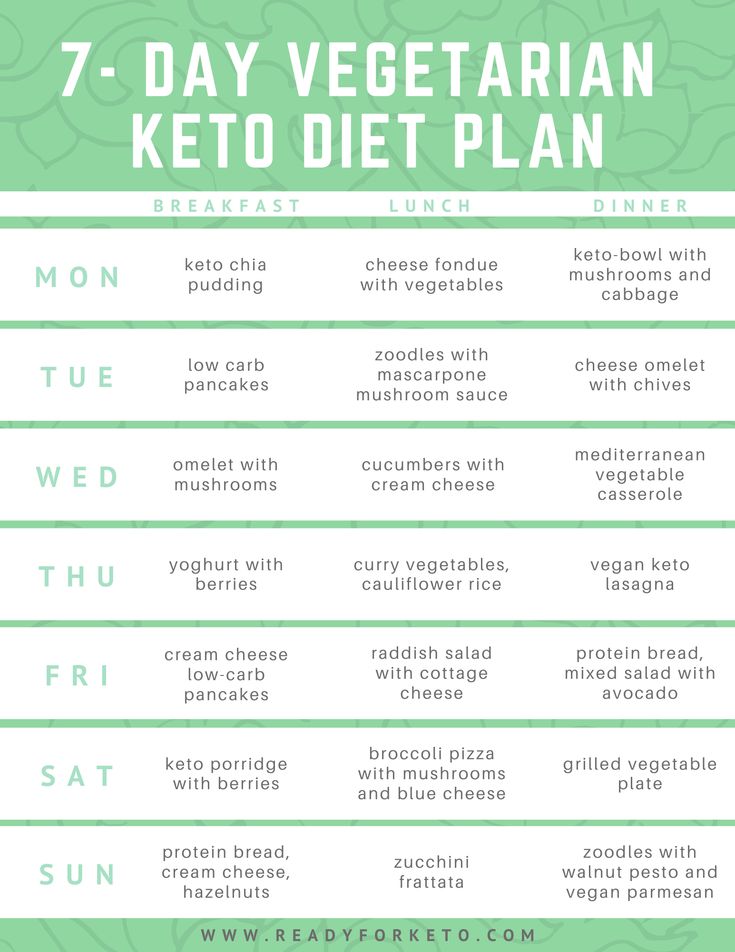
So, what kind of foods will you be eating here? Think lots of spinach, broccoli, kale, zucchini—basically non-starchy veggies that keep carb counts low. Nuts like almonds and walnuts bring crunch and healthy fats; seeds like chia and flaxseed pack in omega-3s and fiber. For protein, you’ll lean on things like tofu, tempeh, eggs, cheese (if you consume dairy), and moderate servings of legumes—though you’ll want to watch those lentils and beans so they don’t bump your carb intake too much. Berries? Yes, but sparingly; strawberries, raspberries, and blackberries make great low-carb fruits that add sweetness and antioxidants.
On the flip side, it’s best to steer clear of grains like rice or wheat, starchy vegetables like potatoes and corn, and sugary fruits like bananas—which, delicious as they are, don’t fit into this low-carb mix. Processed vegetarian snacks often sneak in hidden carbs too, so keep an eye on labels.
Now let’s get practical. Below is a sample week of meals. Each day is designed to balance protein, fats, and carbs, plus flavor and variety. Don’t worry if you feel like switching meals around or adding your own spin—flexibility is key to sticking with any diet.
| Day | Breakfast | Lunch | Dinner | Snack |
|---|---|---|---|---|
| 1 | Veggie omelet with mushrooms, spinach & cheese | Mixed greens salad with avocado, olives & nuts | Tofu stir-fry with broccoli & sesame seeds | Greek yogurt with raspberries |
| 2 | Chia seed pudding with almond milk & cinnamon | Zucchini noodles with pesto & cherry tomatoes | Cauliflower rice with roasted veggies & tempeh | Handful of walnuts |
| 3 | Smoothie with spinach, protein powder & flaxseed | Egg salad lettuce wraps with cucumber & avocado | Eggplant parmesan with side greens | Celery sticks with almond butter |
| 4 | Cottage cheese with blackberries & pumpkin seeds | Grilled portobello burger (no bun) with coleslaw | Lentil & kale stew (watch portions) | Cheese slices & cherry tomatoes |
| 5 | Scrambled eggs with kale & sun-dried tomatoes | Caprese salad with mozzarella, tomato & basil | Vegetable curry with coconut milk & tofu | Macadamia nuts handful |
| 6 | Coconut flour pancakes topped with strawberries | Spinach & feta stuffed peppers | Zucchini lasagna with tomato sauce | Greek yogurt with sliced almonds |
| 7 | Avocado & egg bowl sprinkled with hemp seeds | Broccoli & cheddar soup | Grilled veggie kebabs with halloumi | Mixed nuts & unsweetened coconut flakes |
Before you jump into preparing all these meals, a little heads-up: everyone's body reacts differently to cutting carbs, so some might feel a bit sluggish or foggy the first few days (sometimes called the “low-carb flu”). Don’t stress—it usually passes. Staying hydrated and making sure you get enough electrolytes can help ease this transition.
Another thing to keep in mind is protein. Being vegetarian means you have to be mindful to mix and match different protein sources to cover all your essential amino acids. Things like tofu, tempeh, eggs, and dairy are great, but if you’re vegan, it can take more creativity. And supplements? It’s a good idea to check your B and vitamin D levels, as these can be low on plant-based diets.
One common question—“Can I eat legumes?” The answer is yes, but in moderation. Lentils and beans are typically higher in carbs than other protein sources, so they’re fine as occasional allies rather than the base of every meal. Small portions work best here.
And let’s talk about snacks—they’re your best friend when hunger strikes between meals, but it’s easy to slip up with high-carb munchies. Nuts, cheese, Greek yogurt, or even veggies with nut butter are your go-to options in this plan.
So, what about exercise? Feel free to keep your workouts going. Many people on a low-carb diet notice they perform just fine after an adjustment period, especially if they're eating enough calories and maintaining electrolyte balance. Resistance training or yoga mix well with this way of eating, but listen to your body and adjust if you feel unusually tired.
Lastly, let me share a numeric snapshot of what your daily intake might look like on this plan. On average, you’d be getting around 1, to 1, calories with about to grams of carbs mostly from fibrous vegetables and nuts, to grams of protein from eggs, tofu, dairy, and seeds, and roughly to grams of healthy fats from olive oil, nuts, and avocado. Plus, a good to grams of fiber, which is wonderful for digestion and feeling full.
Alright, before we wrap up, here are some quick FAQs that I’ve noticed pop up a lot around this diet:
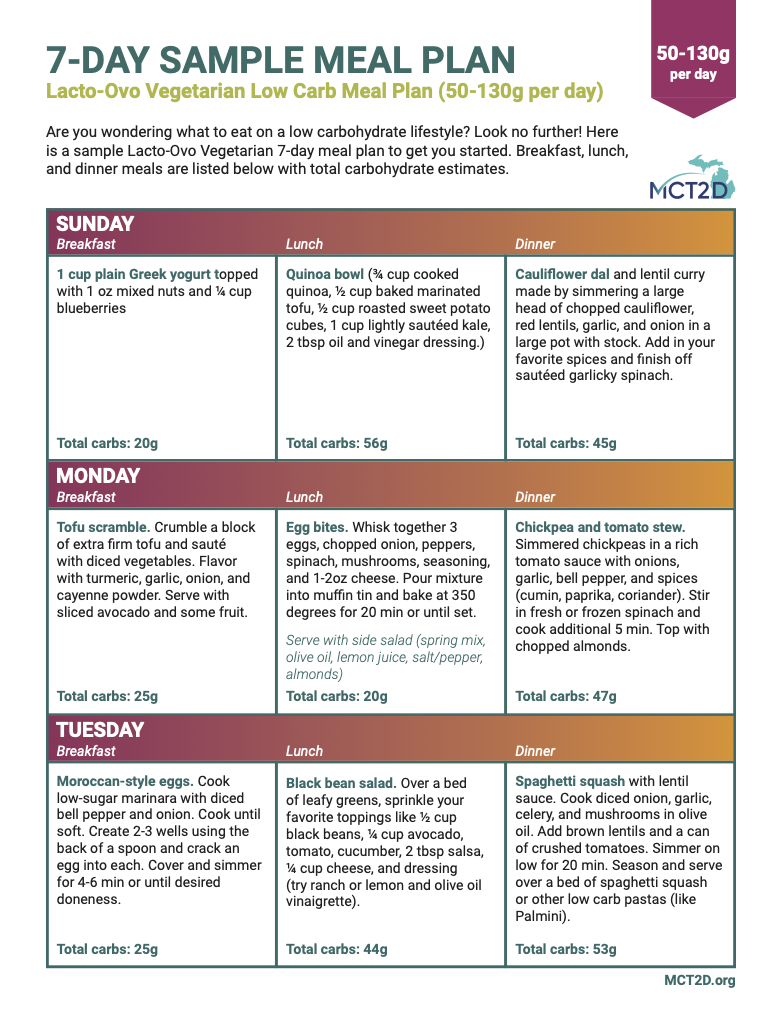
Q: Is a low-carb vegetarian diet safe for the long haul?
A: When done thoughtfully, it can definitely be sustainable and healthy. You just want to make sure you're getting enough key nutrients and might want to work with a nutrition specialist, especially at the start.
Q: What about vegans? Can they do this?
A: Yes, but it requires even more care in protein combining and might include supplements for B12. Keeping carbs low while being fully plant-based is tricky but doable.
Q: Will I have enough energy?
A: You might feel off for the first few days, but most people regain energy quickly and feel sharper mentally once their body adapts.
Q: What if I get cravings?
A: Try eating more fibrous veggies and fats, drink plenty of water, and don’t skip meals. Sometimes a short walk or other distractions help too.
Q: Can I work out on this diet?
A: Definitely! Many athletes thrive on low-carb vegetarian diets once they adapt. Just tune in to how your body feels and adjust carbs or calories on workout days if needed.
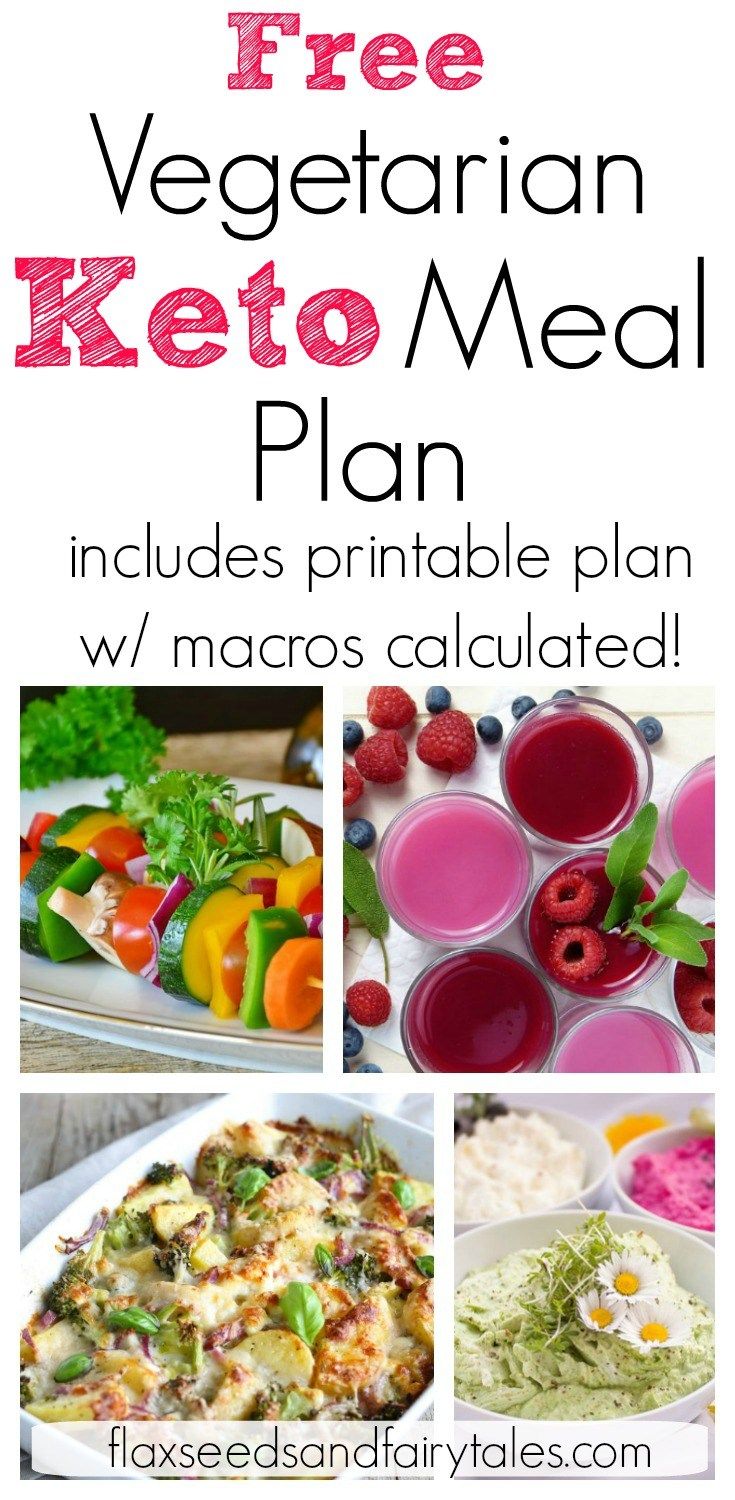
To sum it all up: this low-carb vegetarian plan gives you a balanced, tasty, and sustainable way to eat well while managing your carb intake and sticking to vegetarian principles. It comes loaded with nutrients, healthy fats, and satisfying meals which are key to success from both a physical and mental standpoint. If you’re ready to try something new or refresh your diet, this simple 7-day plan can be a great starting point.
And hey, no perfect logic here—feel free to experiment a bit, tweak meals, and find what works best for your taste buds and daily life. After all, enjoying your food and feeling good is what it’s all about.
